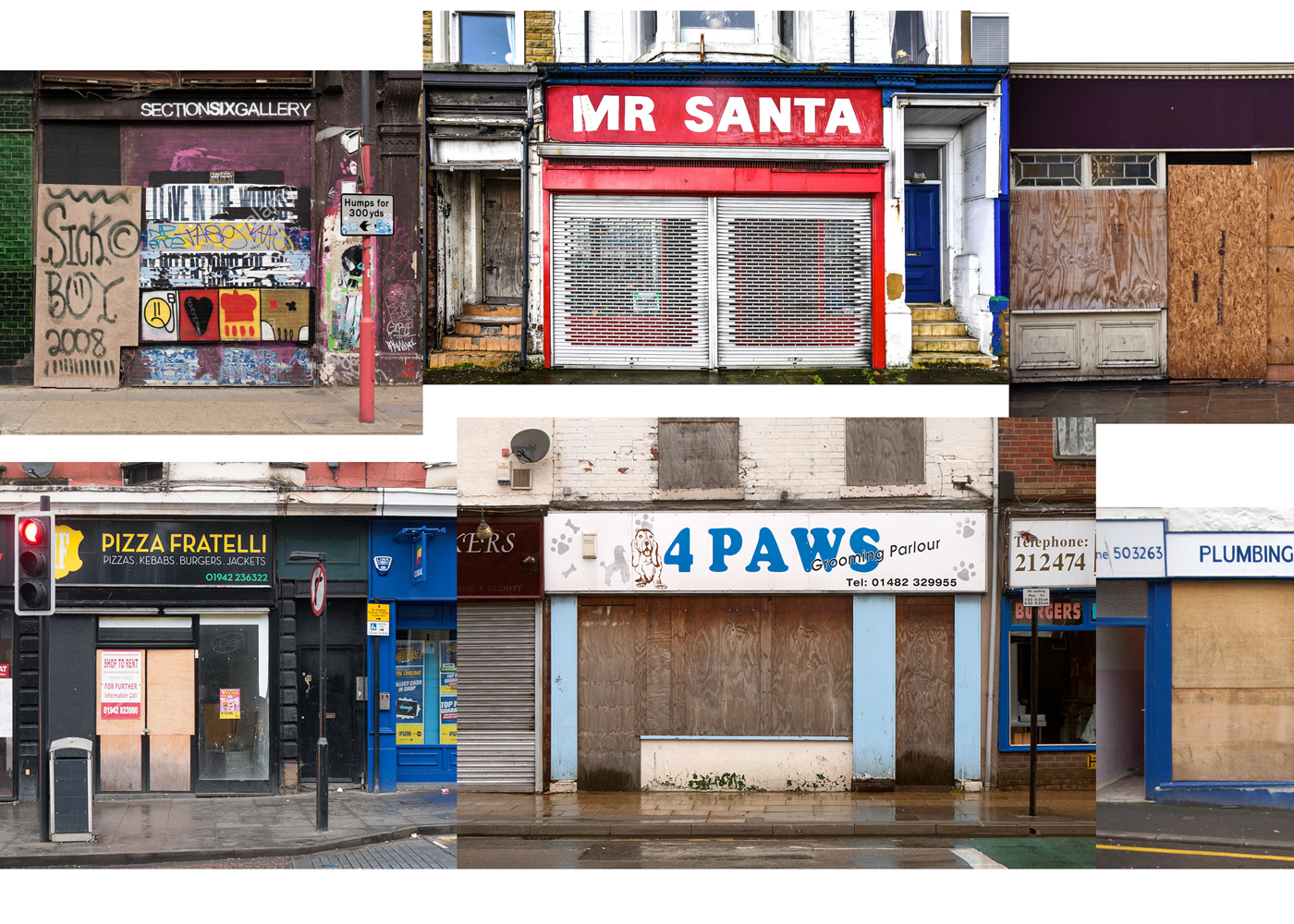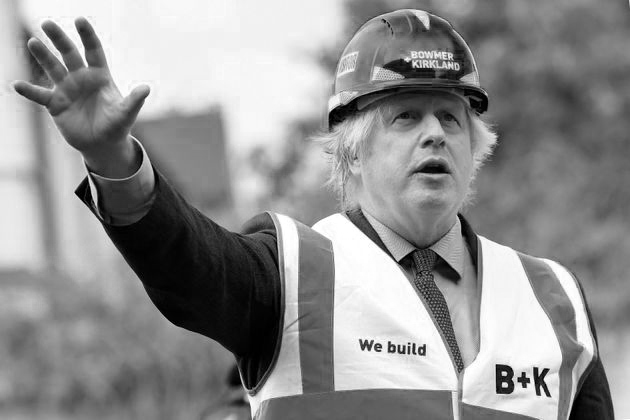It started with Woolworths a decade ago and lots have followed: BHS, Evans Cycles, House of Fraser, Littlewoods, Maplin, New Look, MFI, Borders, JJB Sports, Comet, Blockbuster, Phones 4 U, Staples, Toys R Us, Mothercare, Habitat, Cath Kidson. These failures were all pre-Covid-19. Even worse news is likely yet to come. The impact of our changing shopping habits is deep and structural. There are only so many coffee shops that can fill the voids. The inevitable result are the vacant units and boarded-up shop fronts that are increasingly visible in High Streets throughout the country.
With the boarded shops comes redundancy – both human and physical. Social problems increase inline with the decline in our sense of locality and community. Changing economic circumstances forced textile mills to close 100 years ago and in more recent years similar forces have caused factories and docks to shut down. All have left a wake of redundant buildings and unemployment. Repurposing the void spaces has taken time. Mills and docks have laid derelict, sometimes for generations. Many have been demolished while a small number of lucky survivors have attracted benefactors armed with the vision and money needed for transformation into art galleries and concert halls.
The voids left by changes in our shopping habits will be of a similar scale but will have even more profound social consequences. While mills, factories and docks exist on the periphery, the voids emerging in the high street exist at the heart of our community. The retail industry is the UK’s largest private sector employer with 2.9 million employees.
Boris Johnson has, today, announced, ‘the most radical planning reforms since World War II’. The detail has yet to be published but it appears likely that redundant retail units will now be able to be turned into homes without Planning Permission. If implemented, this ‘Retail to Residential’ policy has the potential to have a very profound impact on our urban areas.
Allowing retail units to be interspaced with residential housing has the potential for a very rapid and irreversible impact on the core areas of our towns and cities. Unfettered ‘Retail to Residential’ conversions are likely to exacerbate the death of the High Street. Planning policies, at both local and national (NPPF) level, have generally sought to preserve retail parades. If changes of use are to be allowed, the usual presumption being that it is more appropriate at the ends of the parades rather than ‘sawtoothed’ sporadically. Typically a year’s marketing evidence has been required to prove the lack of demand where change of use is applied for. This approach has served to keep retail parades intact, corralling economic and social activity.
The typical ‘A’ uses (shops, restaurants, takeaways and so on) rely on footfall and activity. Their by-products, (congestion, noise, refuse, serving, deliveries) do not necessarily sit comfortably with quiet residential enjoyment.
So if change of use to residential isn’t desirable, then how should High Streets adapt to our changing habits?
Surely buildings can be repurposed while still contributing economically and socially? Startups, artist studios, brand showcases, galleries, collaborative workspaces (makespace, makerversity), cookery schools and all variety of local businesses are waiting to occupy redundant space but, in order to do so, there will need to be an economic rebalancing. Rent and rates will need to reduce to reflect the different economic environment.

